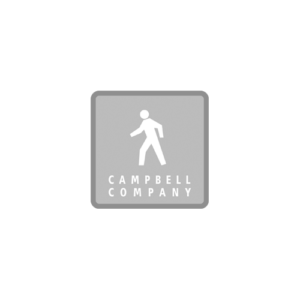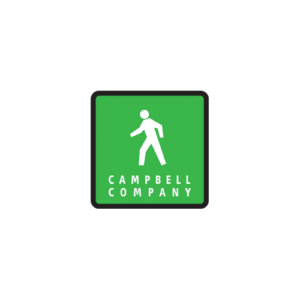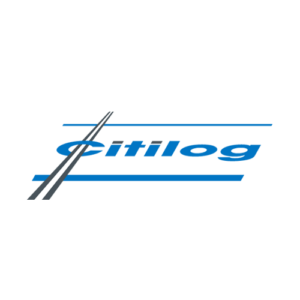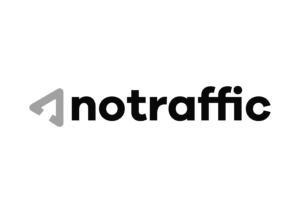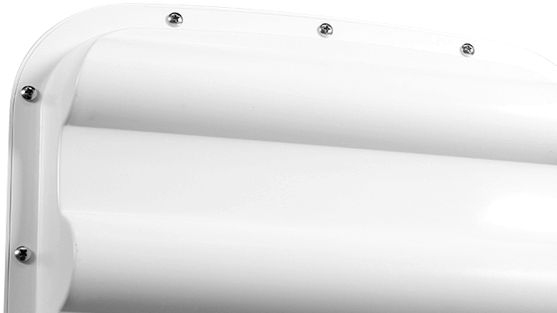Case Study – Optimization of Boulevard St-Charles in the City of Kirkland through NoTraffic and Artificial Intelligence
The City of Kirkland is innovating in smart mobility with the optimization of Boulevard St-Charles. In collaboration with Orange Traffic, GHD, and NoTraffic, artificial intelligence is being harnessed to enhance traffic flow, safety, and sustainability.
Context and Challenges
Designed in the 1970s, Boulevard Saint-Charles in Kirkland was originally built to handle around 30,000 vehicles per day. More than 50 years later, that number has doubled: between 50,000 and 60,000 vehicles now use this corridor daily. Traditional methods of programming and managing traffic signals were no longer sufficient to maintain adequate traffic flow.
The City of Kirkland needed to find innovative solutions to improve traffic management and ensure user safety, while also considering population growth and increased urban density expected over the next decade.
The Project
In collaboration with GHD, Orange Traffic, and NoTraffic, the City launched an innovative project to increase the capacity of the Saint-Charles corridor through technology, particularly the use of artificial intelligence.
To achieve this, ten (10) intersections along the corridor were equipped with NoTraffic’s high-performance multimodal detection system. This system detects road users by combining radar and camera technologies, with data streams fused and interpreted by AI to ensure accurate and reliable detection, even under difficult environmental conditions.
These installations made it possible to collect field data and conduct traffic analyses to establish an exact, detailed baseline, while maintaining traditional detection and signal activation methods.
Once the traffic baseline was established, the City—working with partner experts—defined the key strategies and performance objectives the system would need to meet as part of the AI-driven traffic optimization process.
Of the ten (10) intersections equipped with the system, six (6) were fitted with the optimization module. At these intersections, the full potential of the NoTraffic solution was deployed, with the system now able to monitor all road users in real time, track their trajectory and speed, and control traffic lights in real time with the goal of maximizing the reduction of average delays for all road users.
After simulations were completed, the AI optimization algorithm was gradually activated at each of the six (6) intersections in a controlled manner to ensure a safe and efficient deployment.
The system was then able to adjust green times for each movement, cycle lengths at each intersection, and even the progression of the “green wave” between intersections, while measuring user wait times at each approach and tracking vehicle platoons moving along the boulevard.
With this segment of the corridor now under the optimization module, validations were quickly carried out to ensure proper system operation and performance.
Findings: Once equipment installation was completed, it took less than four months to observe and measure significant improvements in average wait times at each intersection, in different directions, and more broadly across the corridor as a whole.
Project Scope
The ten (10) intersections equipped with the NoTraffic system on Boulevard St-Charles extend from the IGA commercial entrance in the north to the Pizza Hut commercial entrance in the south, and include intersections with:
- Rue du Barry
- Boulevard Brunswick
- Highway 40 on- and off-ramps
- Route Sainte-Marie
- Boulevard Hymus
- Boulevard Kirkland
- Atrium commercial entrance
Of these intersections, the six (6) enhanced with the optimization module were those between Rue du Barry and Boulevard Hymus, inclusive.
Timeline
This large-scale project was completed within tight deadlines, particularly considering the number of new elements introduced.
Following equipment installation in fall 2024, the baseline, strategies, and optimization objectives were established by early December. Simulations and deployment of the optimization module were completed in January, and preliminary results showing improvements along the corridor were already available by February 2025.
Of course, traffic continues to evolve in this rapidly growing city, and teams closely monitor the situation using the system to adjust the model and ensure maximum benefits from existing road infrastructure along the corridor.
Challenges Faced
The project presented several challenges:
- A tight schedule, leaving limited time for all preparatory workshops.
- The need to rewrite the traffic management approach by establishing new criteria and performance objectives.
- High citizen expectations, with many hoping for a fully functional system from day one, requiring education and communication efforts.
Thanks to close collaboration with Orange Traffic and NoTraffic, the City benefited from constant technical and field support, enabling quick responses to challenges and ensuring safety.
Results
The results are compelling:
- Average wait times reduced by 22% across all intersections and approaches, reaching 30–50% reductions at specific approaches, intersections, or during peak hours.
- Over 150,000 hours saved annually for users and citizens due to reduced delays.
- Travel time cut dramatically: in 2024, northbound travel time across 10 intersections went from over 20 minutes to less than 5 minutes during the PM northbound rush hour.
- Significant environmental benefits: about 2,300 tonnes of GHGs avoided per year, equivalent to permanently removing more than 500 vehicles from the roads.
A Project for the Future
This project is a first in Quebec and positions the City of Kirkland as a leader in intelligent, sustainable mobility. The approach will gradually be extended to other cities across the province to make roads safer, smoother, and greener.
With this success, Kirkland reaffirms its commitment to integrating more innovative technologies into the future management of its major arteries and development projects.

